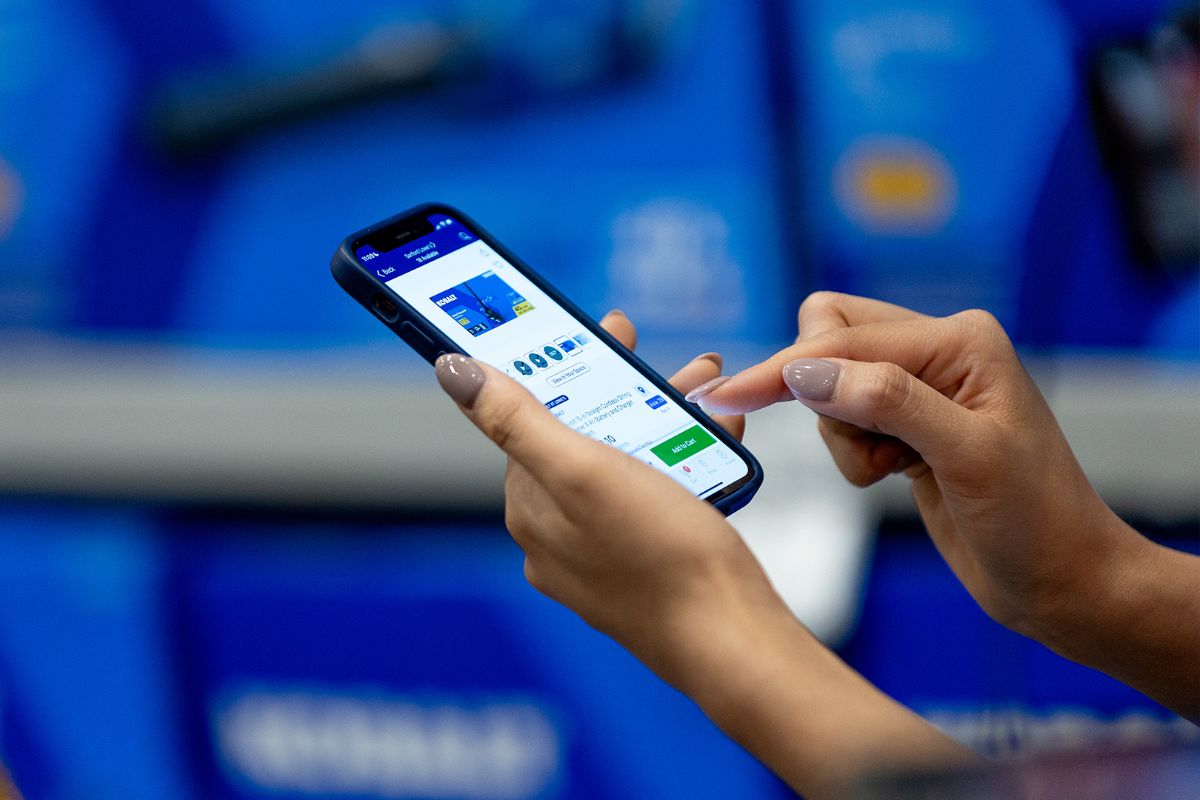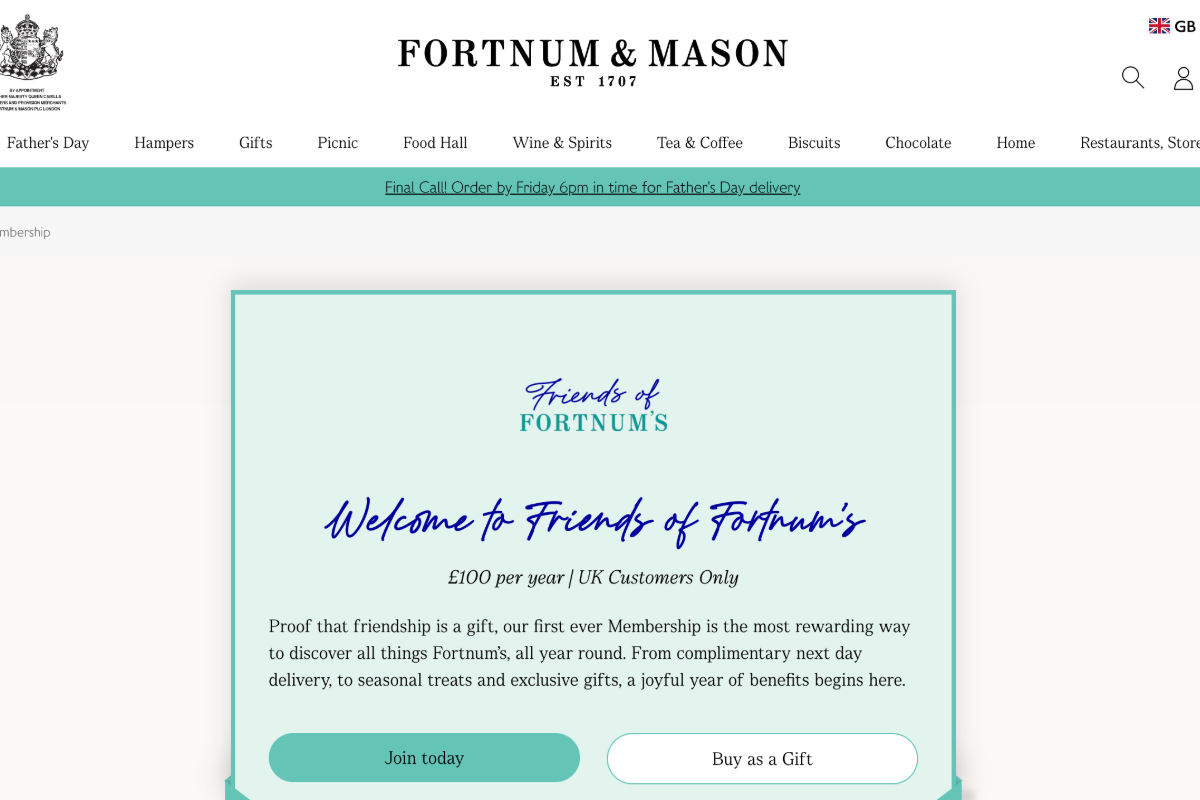In a recent InternetRetailing webinar, we heard from Nicola Carmyllie of Translation Laboratory and Sebastian Dziubek of Search Laboratory, on how retailers can prosper when they move into new international markets. Here’s a bulletpoint overview of the event.
Deciding which market to enter
• Google Market Finder: suggests potential markets based on factors from monthly search volumes to household disposable income. Advice on payments, logistics etc. With examples.
Approaching localisation
• People may speak English but prefer to buy in their native language
• Human translation or machine translation. “Google itself will penalise your site if you use Google Translate because you then have poor quality content.”
• Rather than translating, different content for different markets.
• Cultural and legal issues that differ across markets.”
Weaving in SEO
• Not a new idea, but question is around who to use.
• Separate companies may not understand the full process.
• Having the two experiences under one roof means SEO goes through localisation process.
• Best practice: with examples.
• “You want to make sure you’re not missing out on any traffic to your site.”
How to structure your website for international expansion
• Country-level domains: eg Coca-Cola. Strongest location signals, trust factor. But requires increased linking.
• Sub-folders: eg Apple. Shares link authority, low purchase and maintenance costs. Possibly lower trust and weaker location signals.
• Sub-domains: eg Wikipedia. Location signal through servers, low costs, some sharing of authority. Requires more promotional effort, weaker location signals.
Serving the right content to the right markets
• English language content for different markets, US, Ireland and more.
• Other language content. Either approach gives potential SEO issues: ways to give SEO engines more information about content so ranks correctly every time. eg HREF language tags. Example: how Google can deal with common words, eg widget, in different languages.
• Implementation for enterprise-level websites. With diagram: XML sitemap implementation.
• Google Search Console: set up profile to target users in specific regions.
Common SEO mistakes – and how to avoid them
• Not implementing HREFLANG at page level.
• Not using recognised ISO country/region. eg Europe
• Missing return links: local market websites not referencing home website, language.
• Redirecting users based on IP address.
The webinar ended with a Q&A session. To find out more, and to watch the webinar, including the Q&A session, visit the webinar page here.
Image: Fotolia









